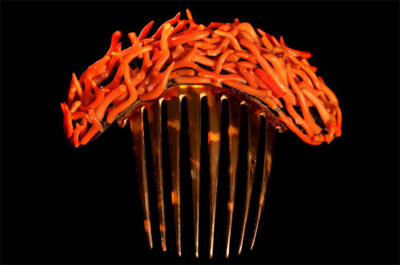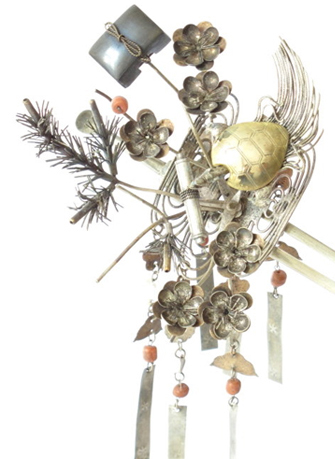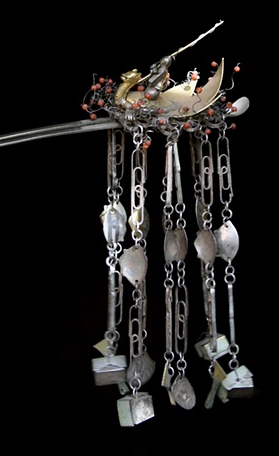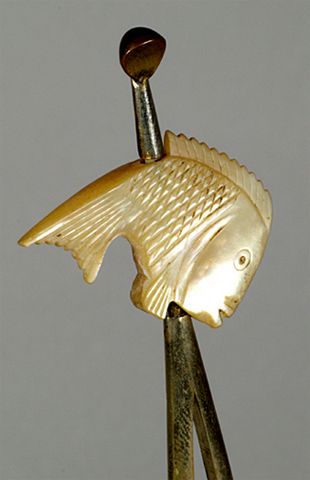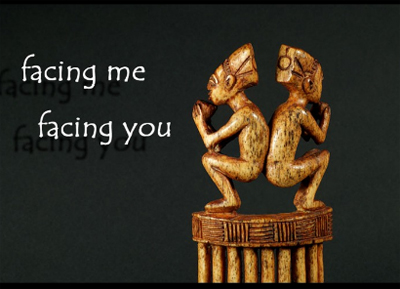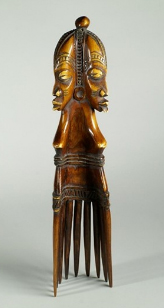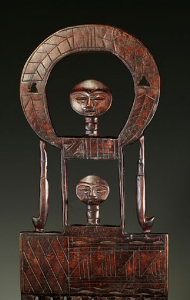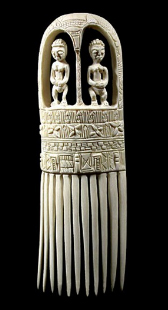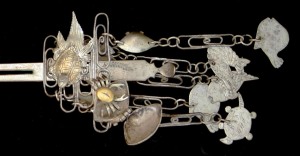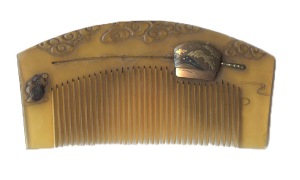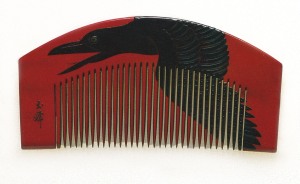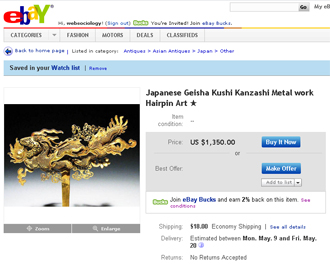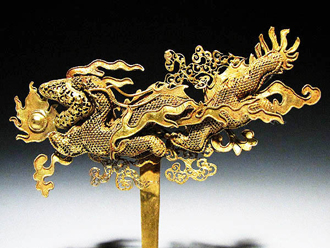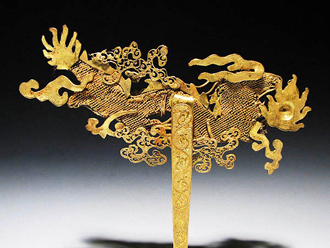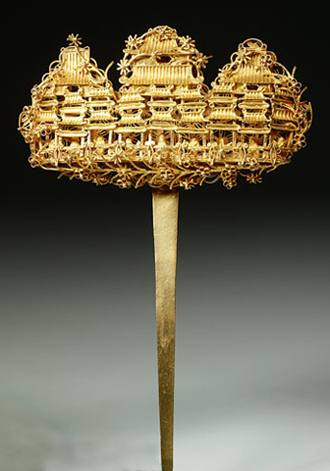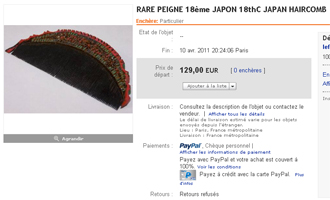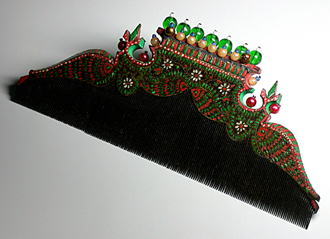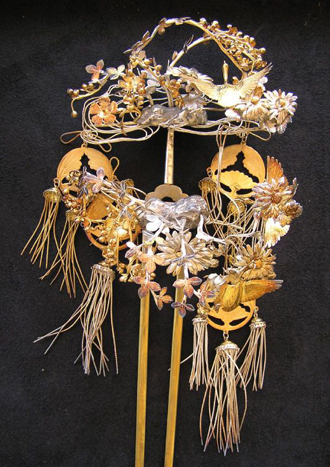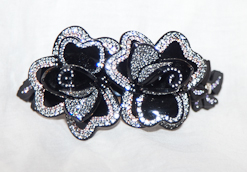By Jessica Beauchemin:
I stumbled upon hair ornaments by chance, and to this day, I am still moved by this surprising story…
Following studies in Artistic Cabinet-Making and work in a small shop, very soon I felt the need to make woodworking my own, to develop a more personal approach to my trade. With this in mind, I started looking for the perfect medium, the element that would become the focus of my practice.
Through my research, I came across a wonderful book: Le Peigne dans le Monde by Robert Bollé (“Combs of the World”). Mr Bollé comes from a family of comb makers from Oyonnax, former “comb capital of the world.”
Following the two Great Wars, comb popularity declined. Thus, in 1946, Robert’s father Georges Bollé made the first nylon pair of glasses in the world. In 1978, Robert Bollé took over his father’s business. Even though they were now making only glasses, Bollé went around the world and methodically collected anything that was called a comb. He gathered an exceptional collection, most of which is kept today at the Musée du Peigne et de la Plasturgie d’Oyonnax. That is how Robert Bollé came to write this book, and this is how I discovered hair ornaments. This discovery was more than crucial in my young career.
From that moment on, I directed my experimentations primarily on hair ornaments, which offered me a richness in conceptual, aesthetical and technical possibilities. About a year later, during a professional trip to France, I had the great pleasure to visit the Comb Museum in Oyonnax. This was an exceptional event for me.
Following this visit, the Museum curators acquired three of my hair ornaments.
That is how, only a few years after launching myself in comb-making, I had the great honour to enter the collection that had inspired it all…
Of course, I alone cannot claim to revamp sophisticated hair ornaments. Rather, I wish to keep a tradition alive, and to bring a personal interpretation to this mythical accessory. I chose exception and rarity for the love of the material and know-how…
My first hair ornaments experimentations…



